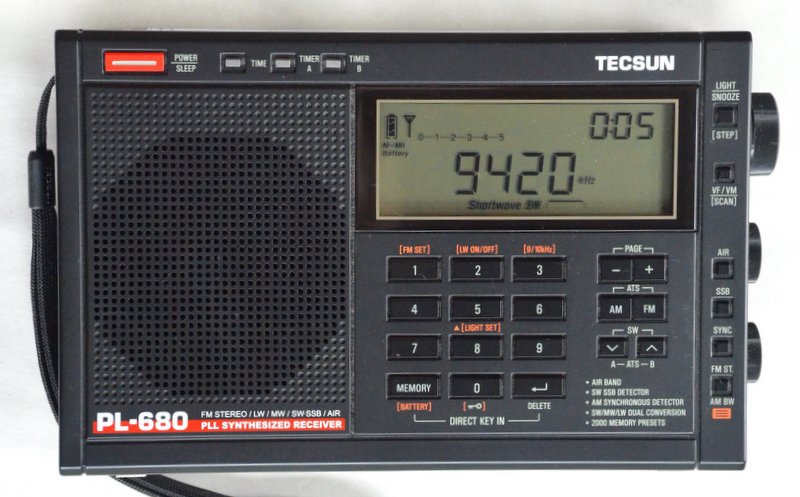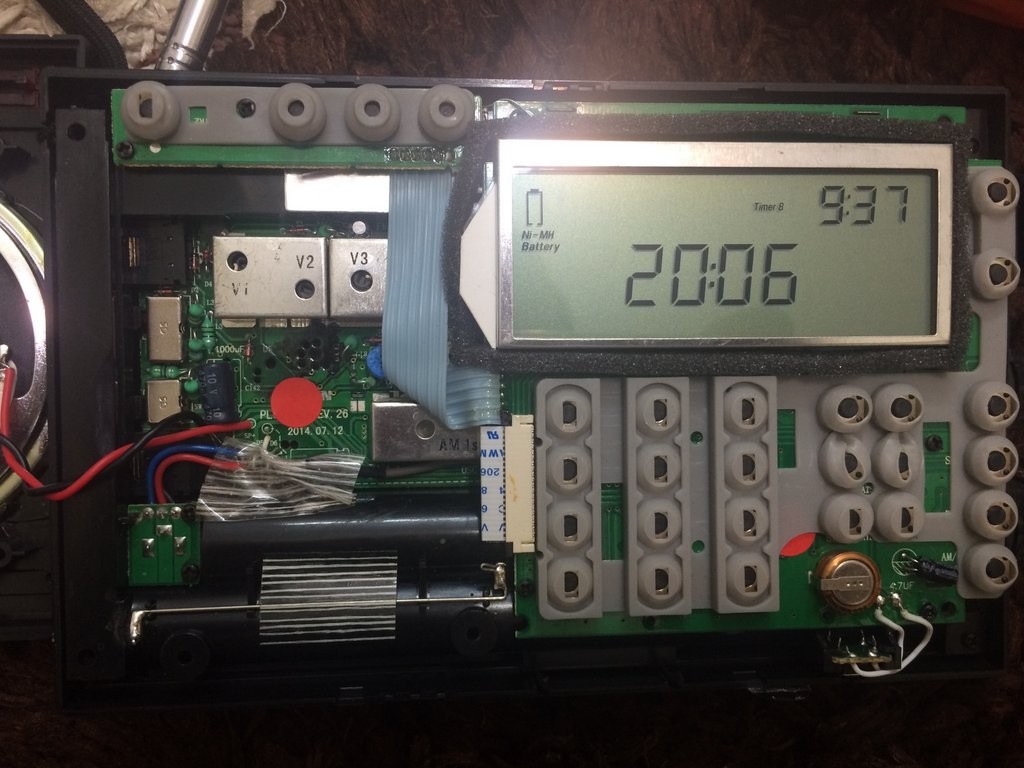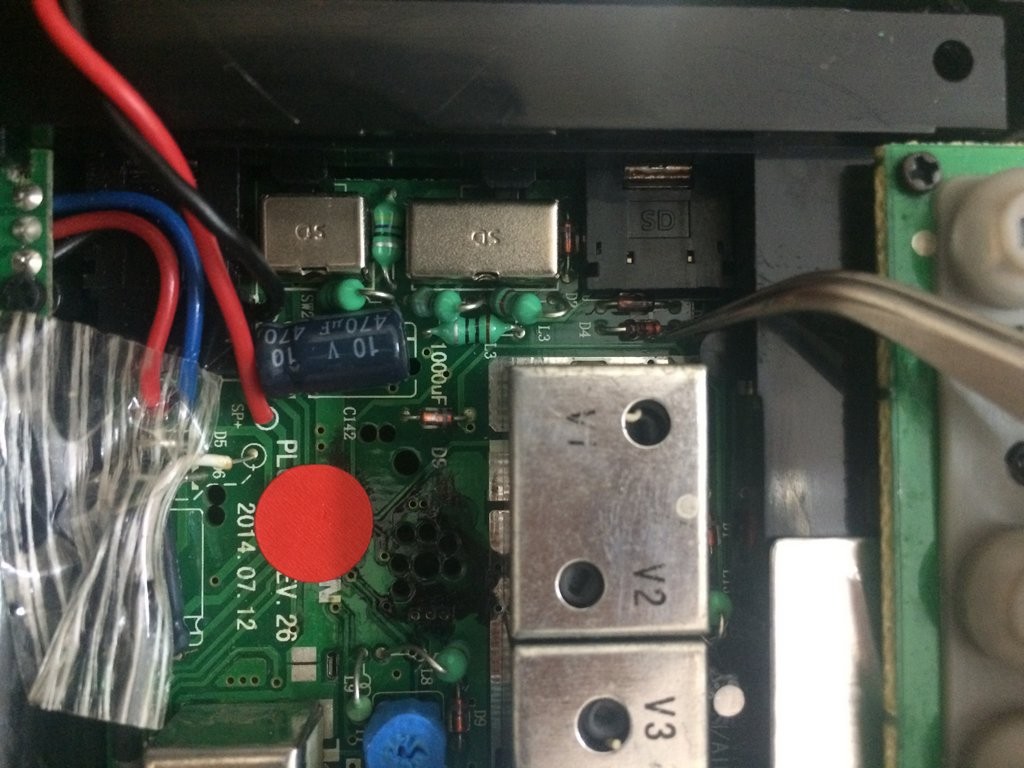
Many thanks to SWLing Post contributor, Mehdi, who writes:
Once you told me to be careful when attaching an external antenna to my portable radio.
Today I opened it to see whether it has some sort of protection on its external antenna path.
As you can see in the picture below, there are two diodes side by side (D4 and D2) which protect the radio’s front-end against high-voltage inputs.
Description of what these two diodes do from http://www.giangrandi.ch/electronics/diode-clipper/diode-clipper.shtml:
“The basic idea of the diode clipper is that for signals with an amplitude within ±0.7 Vpeak (less than about +7 dBm over 50 ?) the diodes are just open circuits and do not interfere; for higher amplitudes, the diodes clip the signal to about ±0.7 Vpeak limiting the maximum power that reaches the receiver at about +10 dBm over 50 ?, which the vast majority of receiver circuits can easily tolerate. If you wonder why I specified +7 dBm for unclipped signals and +10 dBm for clipped ones of the same peak to peak amplitude, it’s because unclipped signals are supposed to have a nice sinusoidal shape; once clipped, they become more square and their RMS voltage is higher, explaining the 3 dB difference.”
Thanks for sharing this, Mehdi! I’m happy to see that the PL-680 has some built-in ESD protection.



Might anyone know whether the Tecsun PL-660 likewise has such diodes installed? It would save me the trouble of installing them onto the external loop antenna I’m building.
Looks like it does:
https://radiojayallen.files.wordpress.com/2011/05/picture-029-large1.jpg
May be worth noting that many old analog multimeters had this very same arrangement protecting the meter movement from overloads that could blow it.
This older posting is also relevant:
https://swling.com/blog/2013/12/repairing-the-tecsun-pl-600-after-electrostatic-discharge-esd/
For a portsble radio these diodes are a cheap and efficient solution. But if you have larger antennas you should do more.
It is true that normal silicon diodes start to conduct larger currents from 0.6 or 0.7 V onwards. But even below that voltage they are not totally “absent”. And 0.7 V peak voltage is not so much.
An alternative is to give these diodes some DC bias so the limiting starts at 1.5 V or so. And especially think about some selectivity between the antenna and the ESD diodes. Otherwise you might hear the AM station 10 km away all over the shortwave bands.